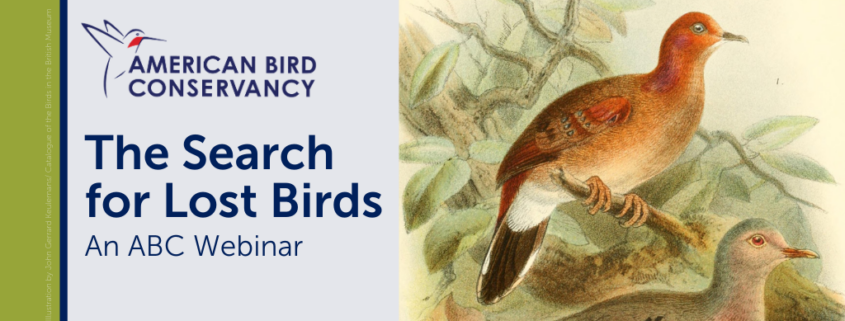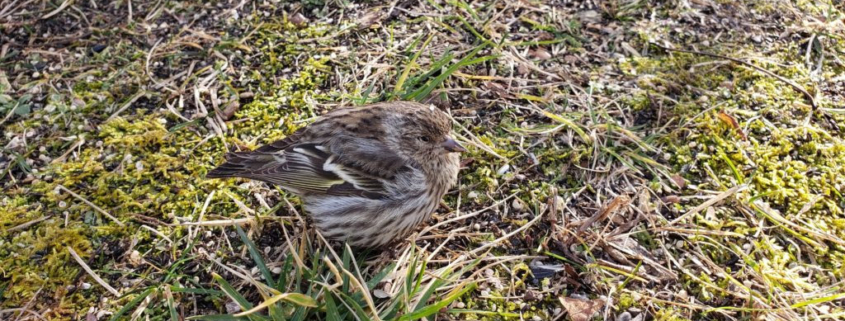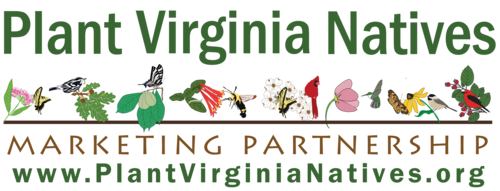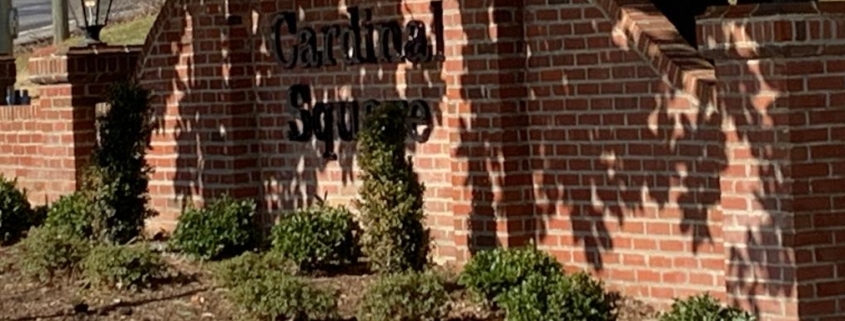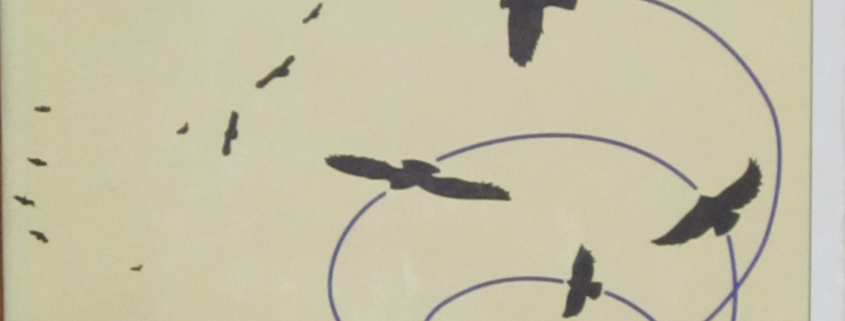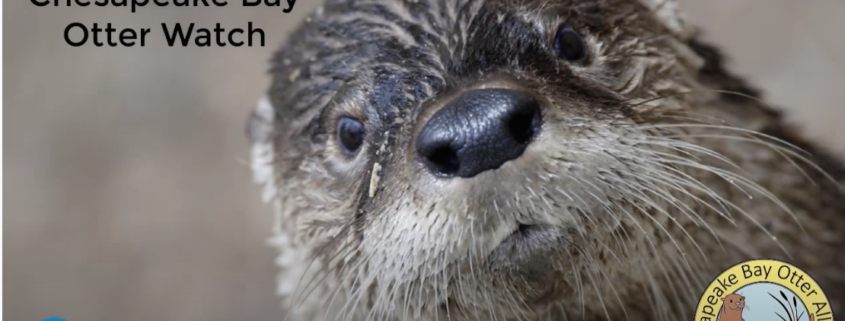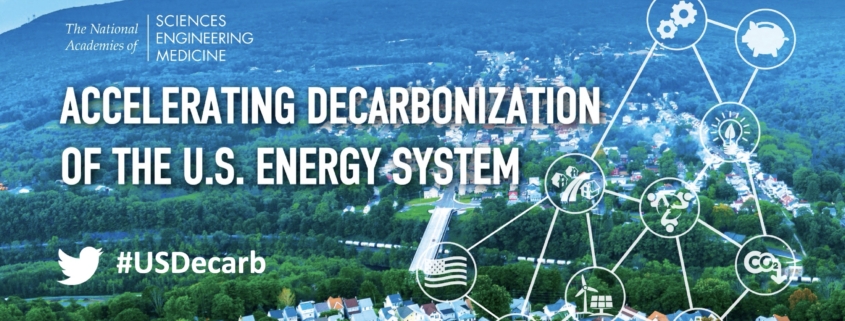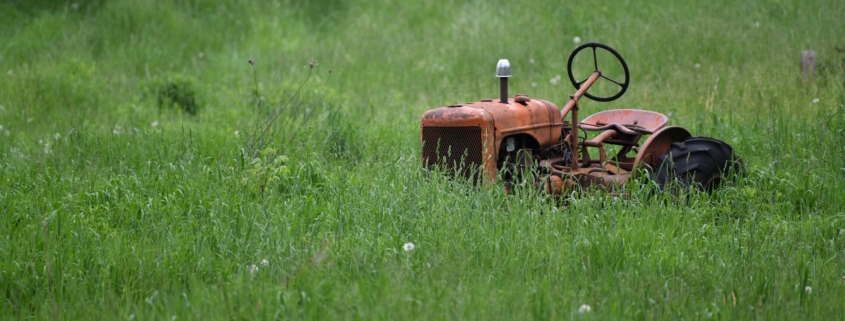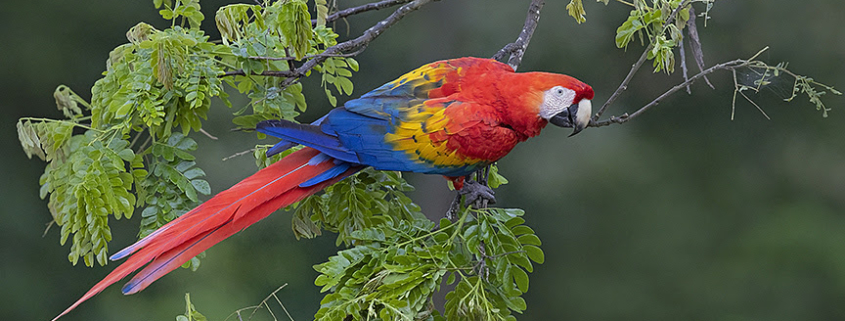The Search for Lost Birds, webinar February 25th
Thursday, February 25, 2021
4:00pm EST
Zoom link provided upon registration
For 75 years, the Blue-eyed Ground-Dove was known only from scattered records and old illustrations. In 2016, researchers in Brazil observed the ground-dove for the first time in decades, launching an international partner effort to save the Critically Endangered species.
Like the Blue-eyed Ground-Dove, over a hundred birds around the world are considered “lost,” and American Bird Conservancy (ABC) is helping to lead efforts to find and protect these species.
Jordan E. Rutter, ABC Director of Public Relations, will discuss their Lost Birds program, past and upcoming expeditions, and the urgent conservation need of finding lost birds.
She’ll be moderating the conversation with these wonderful speakers:
John Mittermeier, Director of Threatened Species Outreach and head of ABC’s Lost Birds initiative
Albert Aguiar, Project Coordinator, SAVE Brasil
Eliana Fierro-Calderón, International Conservation Project Officer and ABC lead for the Sinu Parakeet expedition


